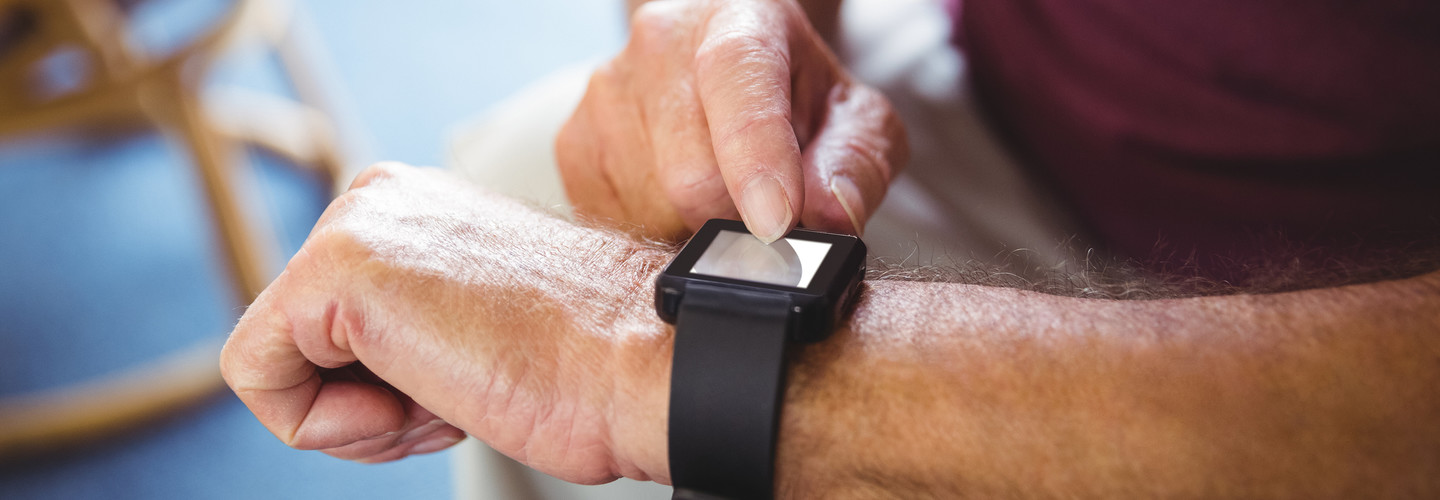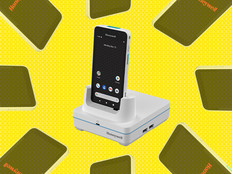Helping Seniors Embrace Wearables
Regularly monitoring heart rate, blood sugar and other health indicators can help prevent major illnesses. That’s especially true when it comes to seniors. Considering the range of health issues they face, the number of doctors they see and medications they take, it makes sense to deploy technology that helps them manage their healthcare, especially when they may face cognitive issues such as dementia or Alzheimer’s disease.
The problem is that this primary demographic is also the least likely to use newer technologies. A Pew Research Center poll found that 41 percent of seniors don’t use the Internet, 53 percent don’t have home broadband access and 23 percent don’t have cellphones.
The challenge for healthcare providers, therefore, is to get seniors to embrace wearables so they can better manage their own health. Here are four recommendations.
1. Home Sweet Home
One strategy is to work with senior living facilities to present wearables as new opportunities for whole communities. If presented to individuals as a means to manage a debilitating condition, a wearable device can seem daunting. However, if seniors learn about them in a group setting with friends, they may appreciate them as a novel technology.
2. Empowerment
Another means of garnering interest in wearables is to explain and demonstrate how the devices can empower seniors. Potential users may worry that devices will take away their independence by monitoring them at all times.
In reality, the devices actually empower seniors to monitor their own health independently, as opposed to relying on relatives and caregivers to check up on them or wait until their conditions deteriorate to come to their aid.
Seniors may also have concerns about privacy. Explaining how the technology works — that there are no video cameras or audio recordings — may put their minds at ease.
3. Battery Life
It’s also important to choose devices that have a long battery life and can be recharged quickly and easily. Many devices require recharging so often and for so long that it makes them unappealing.
4. Robust Training
Once seniors understand the value of wearables, they should receive proper training and support so they become comfortable with the devices. This demographic may need more training than others, but that initial investment can significantly increase the long-term effectiveness of the devices.
Dive Deeper
Wondering how wearables can improve healthcare for older adults? Download the white paper “Helping Seniors Stay Healthy” to learn more about:
- How wearables are deployed
- The role of cloud analytics tools in making new data useful
- Potential benefits to wearers
You'll also score access to HealthTech's entire library of free, downloadable white papers by signing up just once.






